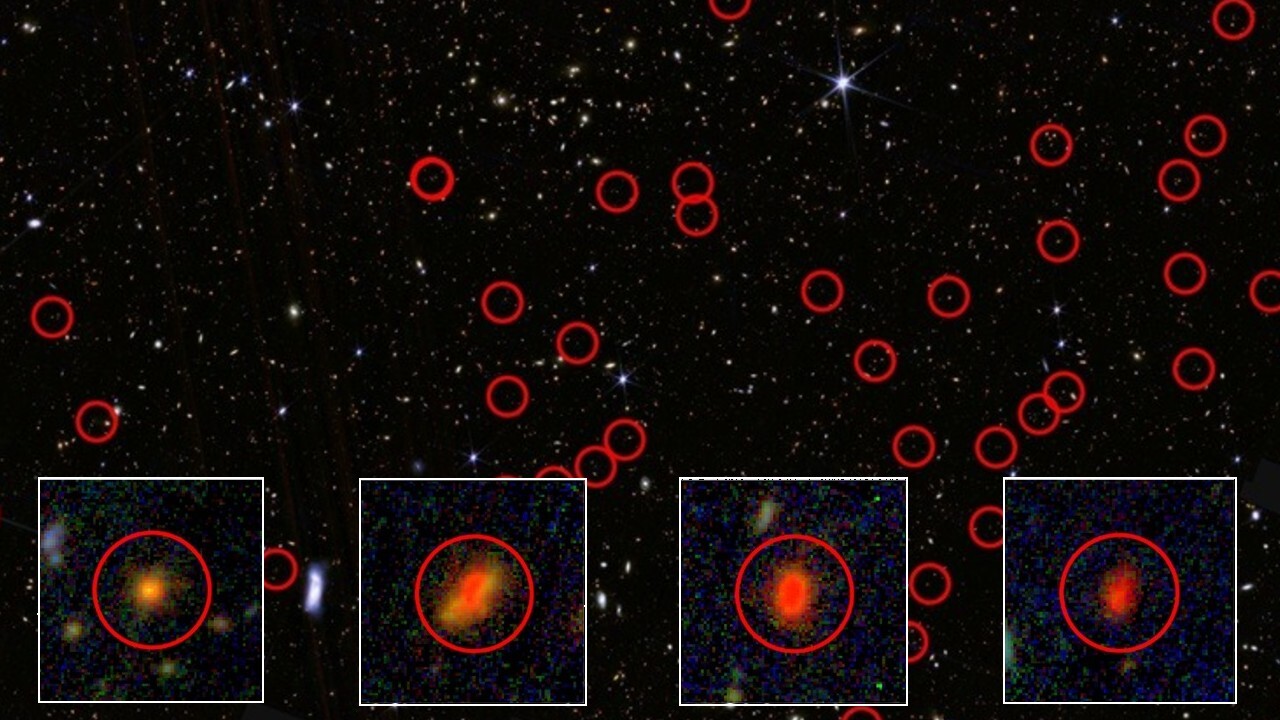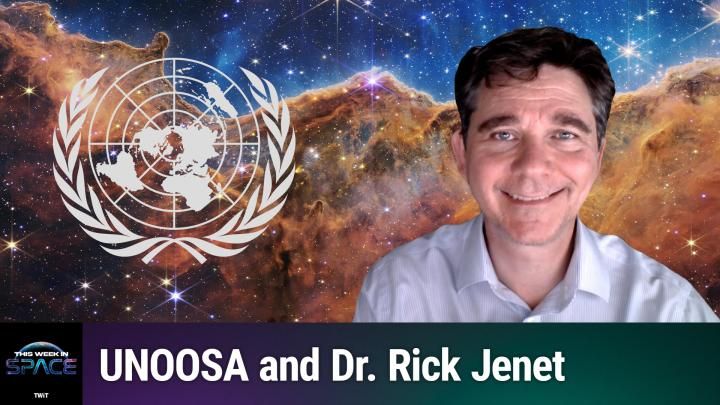Hundreds of unexpectedly energetic objects have been discovered throughout the distant universe, possibly hinting that the cosmos was far more active during its infancy than astronomers once believed.
Using deep-field images from NASA's James Webb Space Telescope (JWST), researchers at the University of Missouri identified 300 unusually bright objects in the early universe. While they could be galaxies, astronomers aren't yet sure what they are for certain. Galaxies forming so soon after the Big Bang should be faint, limited by the pace at which they could form stars. Yet these candidates shine far brighter than current models of early galaxy formation predict.
"If even a few of these objects turn out to be what we think they are, our discovery could challenge current ideas about how galaxies formed in the early universe — the period when the first stars and galaxies began to take shape," Haojing Yan, co-author of the study, said in a statement from the university.
To discover these objects, the team applied a method called the "dropout" technique, which detects objects that appear in redder wavelengths but vanish in bluer, shorter-wavelength images. This indicates the objects are extremely distant, showing the universe as it was more than 13 billion years ago.
To estimate distances, the team analyzed the objects' brightnesses across multiple wavelengths to infer redshift, age and mass. JWST's powerful Near-Infrared Camera and Mid-Infrared Instrument are designed to detect light from the farthest reaches of space, making them ideal for studying the early universe.
"As the light from these early galaxies travels through space, it stretches into longer wavelengths — shifting from visible light into infrared," Yan said in the statement. "This stretching, called redshift, helps us determine how far away these galaxies are. The higher the redshift, the closer the galaxy is to the beginning of the universe."
Next, the researchers hope to use targeted spectroscopic observations, focusing on the brightest sources. Confirming the newly found objects as genuine early galaxies would refine our current understanding of how quickly the first cosmic structures formed and evolved — and add to the growing list of transformative discoveries made by the JWST since it began observing the cosmos in 2022.
The findings were published June 27 in The Astrophysical Journal.
.png)
 German (DE)
German (DE)  English (US)
English (US)  Spanish (ES)
Spanish (ES)  French (FR)
French (FR)  Hindi (IN)
Hindi (IN)  Italian (IT)
Italian (IT)  Russian (RU)
Russian (RU) 





Comments